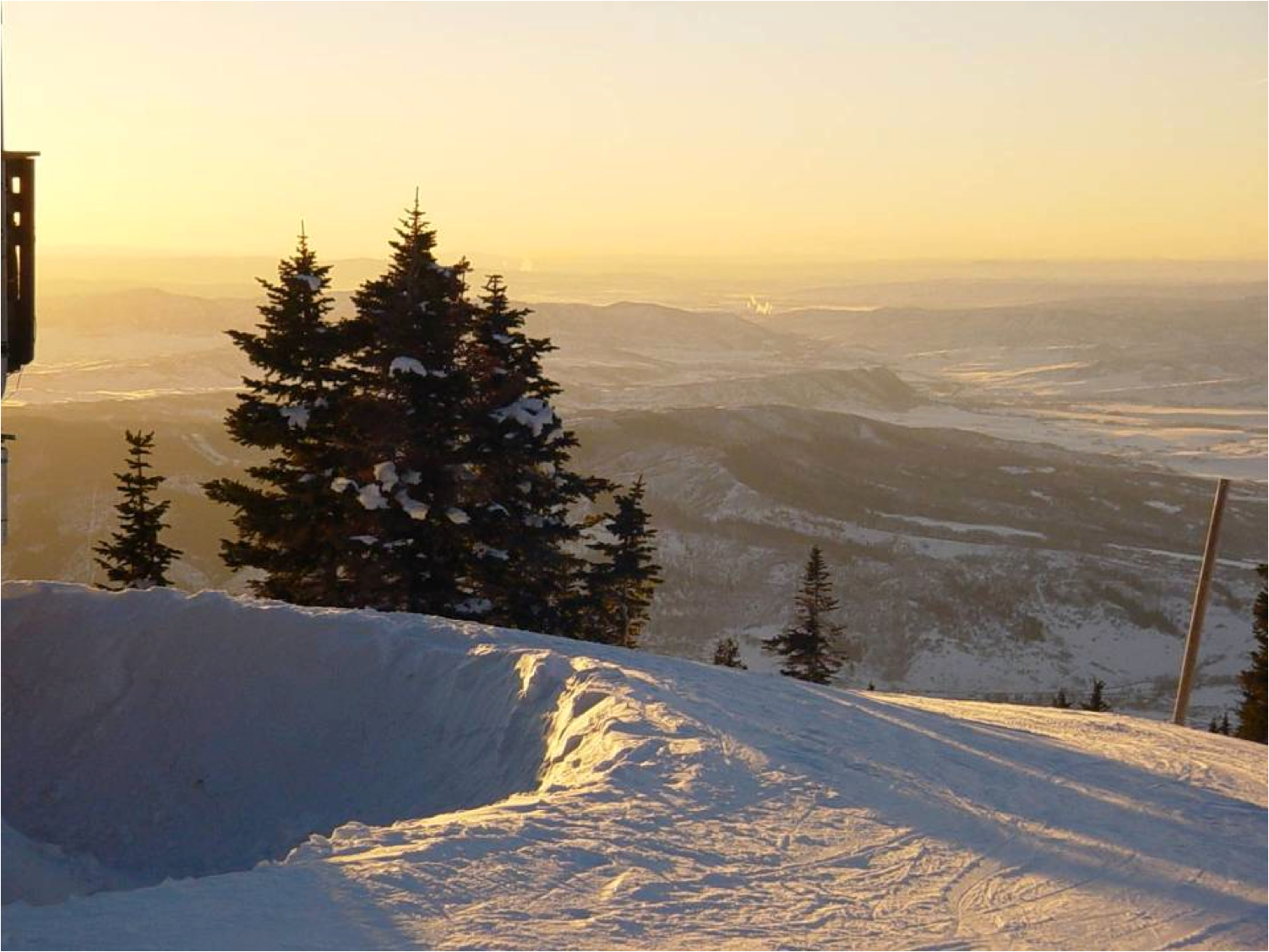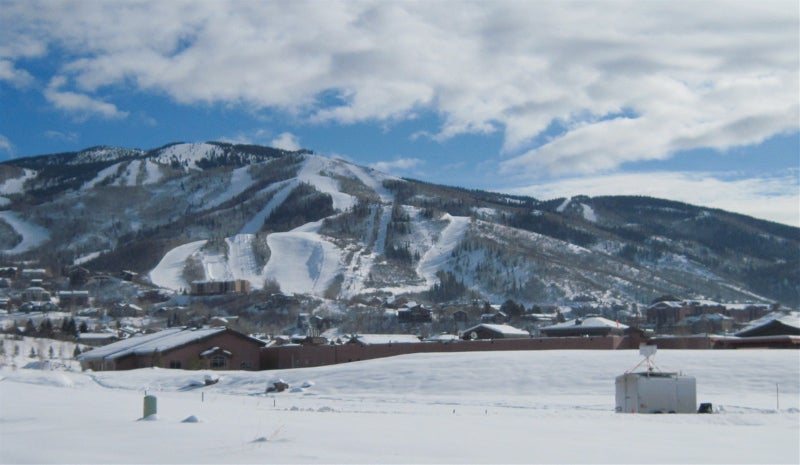ISPA-2010
Inhibition of Snowfall Pollution Aerosols
Inhibition of Snowfall by Pollution Aerosols 2010
The ISPA field project is examining the link between pollution aerosols and snow riming. The study is centered around DRI-s Storm Peak Laboratory (SPL) on Mt. Warner near Steamboat Springs. SPL operates a range of equipment such as aerosol and cloud droplet samplers. EOL operated a station near the base of the mountain, consisting of a GAUS sounding system, a Radiometrics profiling microwave radiometer, and a surface meteorology sensor. The EOL site also hosted a vertically pointing Metek micro-rain radar and a Parsivel disdrometer, courtesy of North Carolina State University and the University of Colorado. The PI for the project is Dr. Doug Lowenthal of the Desert Research Institute (DRI), along with co-PIs Bill Cotton (CSU), Steve Saleeby (CSU), and Sandra Yuter (NCSU). The present study builds on previous studies in 2002 and 2007; this year the PIs also plan to use the Wyoming King Air to extend the area of their measurements. Students are involved in the project, and outreach activities have been held with local schools.
The study will help to determine the connection with pollution and snowfall amounts, as some pollutants decrease snowfall levels. The project is being carried out for the Desert Research Institute's Storm Peak Laboratory (SPL) on Mount Werner.
Pollution causes decreased droplet size which in turn decreases the riming collection effeficiency on snowflakes, resulting in decreased snowfall during the season. This has direct effects on hydrology, snow pack levels and the ski industry. EOL provided the ISS-MAPR facility to obtain temperature and humidity profiles with altitude, cloud top height and temperature, depths of the snow layer, crystal fall speed and riming extent.
EOL provided the ISS-MAPR facility to obtain temperature and humidity profiles with altitude, cloud top height and temperature, depths of the snow layer, crystal fall speed and riming extent.
Along with the two ground-based systems, the University of Wyoming King Air will be deployed 6 times during ISPA to fly over Mount Werner, down to southwestern Colorado and back, to sample a high-altitude horizontal profile of the atmosphere. Additionally, SPL will launch weather balloons twice daily throughout the six week study.
ISPA Hypotheses
- The ISPA effect of enhanced cloud condensation nuclei (CCN) suppresses snow water equivalent (SWE) on the upwind slope and enhances SWE on the leeward slop.
- This magnitude of the ISPA effect is directly dependent on the orographic cloud liquid water content (LWC), cloud depth, and cloud lifetime.
- The ISPA effect increases from low to moderate CCN levels (e.g., 100-500 cm-3), but levels off as CCN concentration increases further.
- The ISPA effect varies geographically: it is enhanced in the San Juan Mountains which are subject to higher LWC and greater variation in CCN concentration than in the northern Colorado mountain ranges.
- The Weather Research and Forecasting-Chemistry model can be used to accurately initialize CCN concentrations in the Regional Atmospheric Modeling System cloud-resolving model.
Learn More
Learn more about Snowpack and Its Assessment through UCAR's COMET program - Free login required

